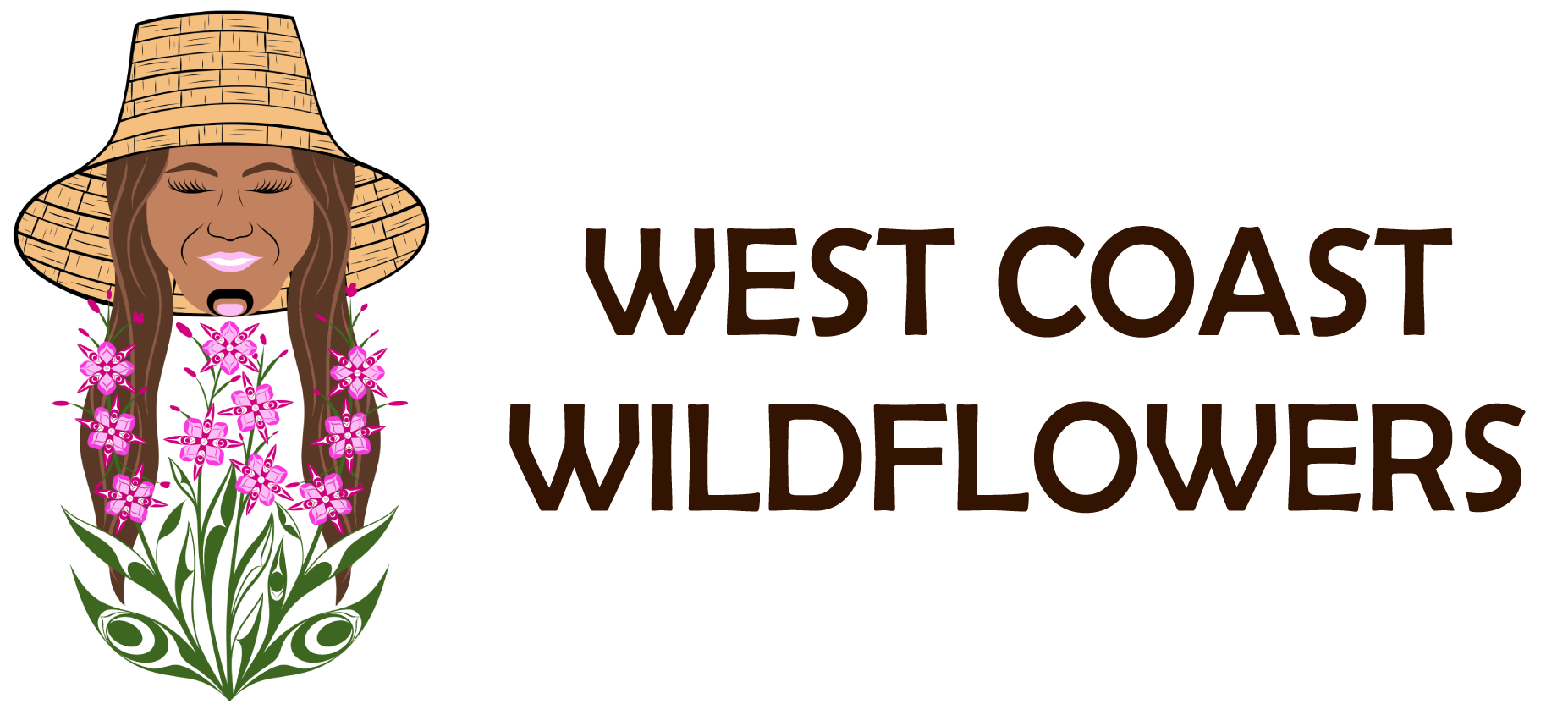West Coast Wildflowers will soon celebrate 2 years in operation. It has been a journey - what's fast fashion to what's slow fashion. What does that mean? Most importantly, which brands match our Indigenous ways of knowing and ally-ship. We have discovered - this brand is Anian. Learn more below!
Fast fashion plays a huge role in today’s throw-away culture. Consumers are purchasing more and more trend-based garments and wearing them for as little as a month before donating them or throwing them away. Few people realize that approximately 84% of those donations end up in landfills around the world. In North America alone, approximately 12 million tons of textile waste is dumped into landfills each year. Now more than ever, we need to look towards reusing what we already have.
GIVING GARMENTS A NEW LIFE
Anián has always been a natural fibre–focused brand. This year we are taking things a step further and transitioning into using entirely salvaged natural fibre textiles. What do we mean by salvaged? We mean that we are using fabric created from discarded clothing picked from landfills. We feel that it’s important to emphasize this fact. Salvaged textile waste can have a new life as a garment—and we’re doing it.

Now let’s talk about how these salvaged textiles are being recycled into new garments. Broken down into steps, it goes something like this:
SORTING: The salvaged textiles are sorted by hand into colours. This is where the fabric gets its colour—there are no dyes used. This eliminates the use of harmful chemicals and the resulting wastewater.
SHREDDING: The salvaged textiles are shredded into small pieces.
WASHING: The shredded textiles are then washed thoroughly.
CARDING: This is an ancient mechanical process which disentangles, cleans and intermixes fibres to help create a long continuous web-like structure.
SPINNING: The carded fibres are drawn out, twisted into yarn and wound onto a bobbin.
WEAVING: The yarn is woven on large looms into long bolts of fabric.
FINISHING: The bolts of fabric are then meticulously looked over before being cleared for manufacturing.

RECYCLED WOOL VS. VIRGIN WOOL
Why is recycled wool better than virgin wool? The production of virgin wool requires an intensive amount of land and water for sheep to graze. The animals produce fleece to be made into wool; however, they also produce methane, a powerful greenhouse gas. Many sheep make lots of gas. In addition, after shearing their fleece, it then requires a lot of energy, water, and chemicals to transform the wool into dyed, usable fabric. Recycling salvaged wool requires virtually none of this, creating a far less impactful textile.

Recycling wool isn’t a modern idea. Wool has been recycled for centuries, starting in about 1815 when its high demand had us turning to old scraps. It was quite common to see “rag men” in cities around the world. They would travel around with their carts collecting old fabrics and clothing to sell to manufacturers, who then broke the fabric down and gave it new life. This practice increased dramatically around WWII in North America and Europe when rationing became the norm. The strength and quality of the wool fibre make it especially well suited to recycling—a process it can endure approximately 10 to 12 times before losing its hardiness.
SAYING "NO" TO THE NEW
Anián has spent the last six years building a relationship with our textile recycling company in Italy because we believe in the positive impact of using salvaged textiles. The truth is that most fabrics are entirely recyclable, and wool is among the best for the job. Not only is salvaged wool much better to the environment—as we’ve mentioned—it’s also durable, naturally breathable, naturally stain resistant, easy to care for and softer than virgin wool. With perks like this, it makes saying “no” to new pretty easy.




